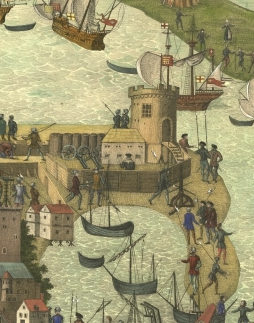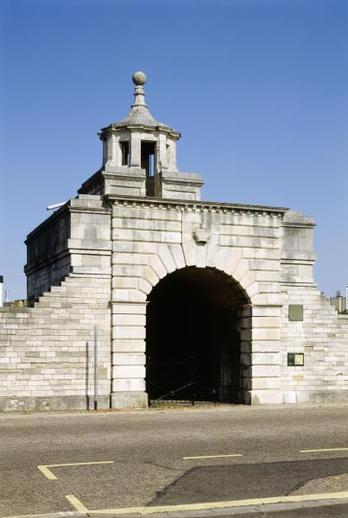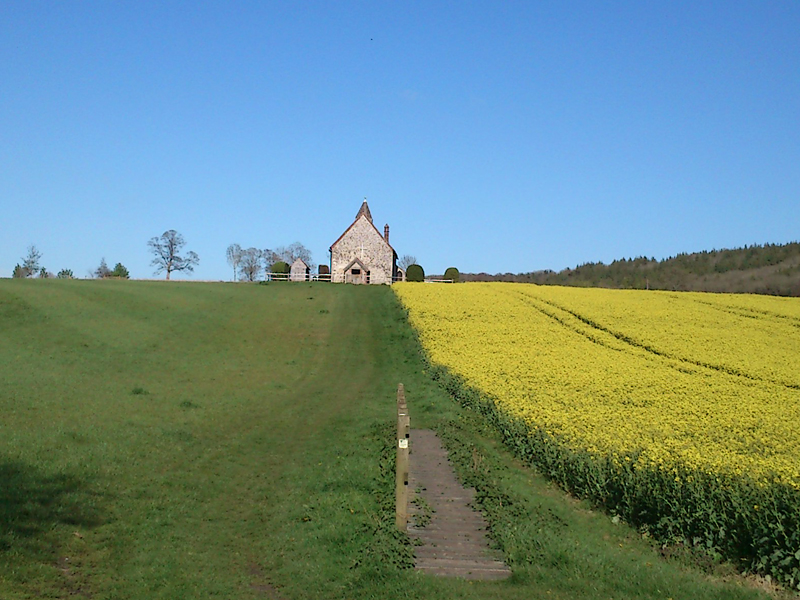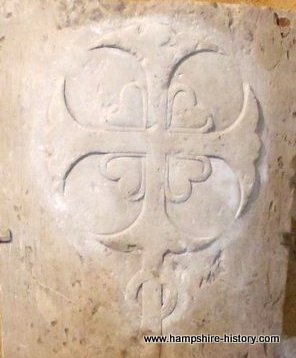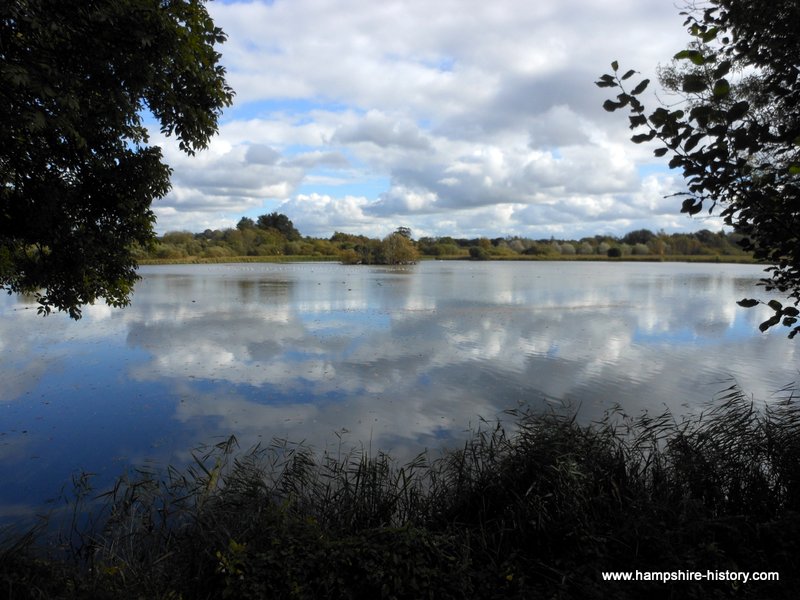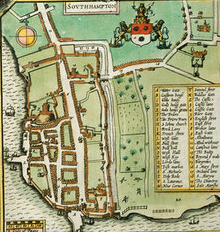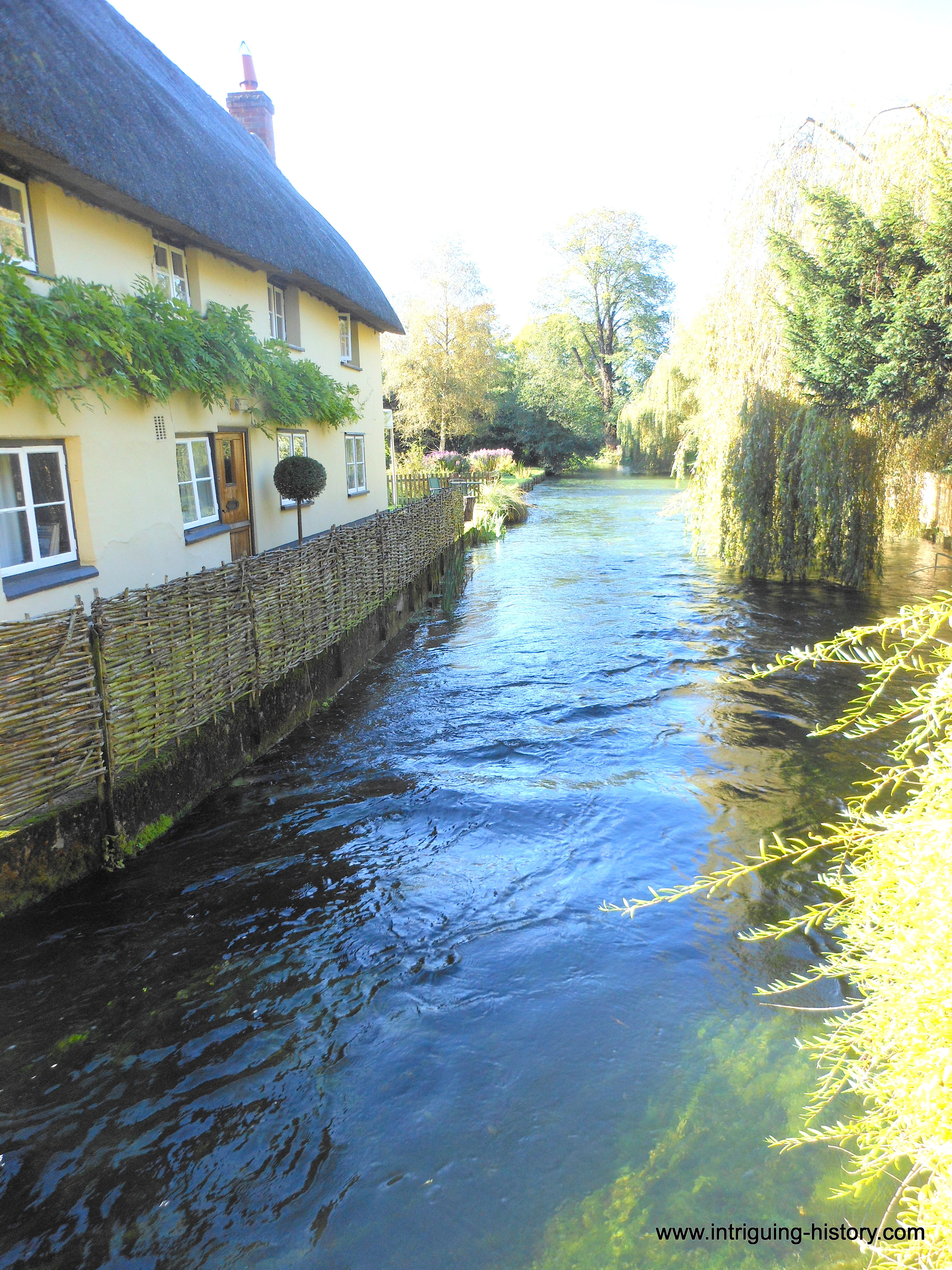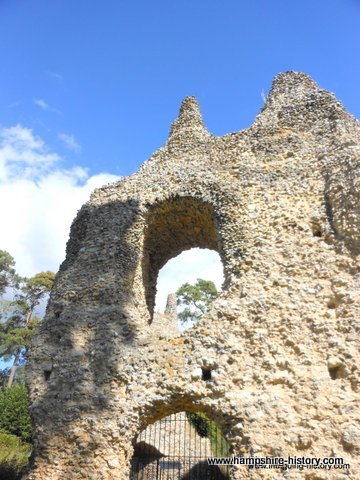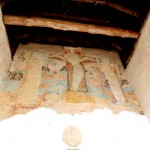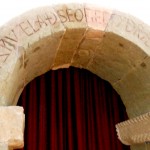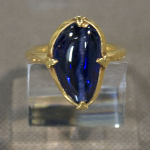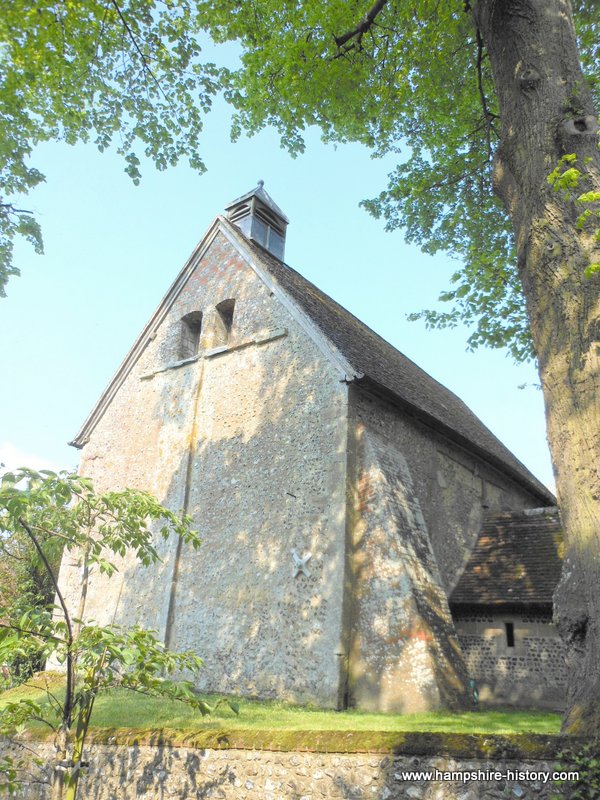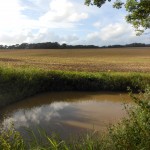Archaeology
Building the Mary Rose
The Mary Rose was built in the great dock in Portsmouth that King Henry VII had constructed. She was King Henry VIII’s flagship until that fateful day in July 1545 when she heeled over and sank quickly in sight of her King
Read MoreCowdray Engravings of Portsmouth
The Cowdray Engravings reveal great detail of King Henry VIII’s French campaign and the sinking of the Mary Rose but it is the work done by a team from the Geography department of the University of Portsmouth that has revealed even more
Read MoreLandport Gate and Area 1760
The iconic Landport Gate in Portsmouth This gate maybe attributed to a design by Nicholas Hawksmoor, it is the Landport gate that formed part of the old Portsmouth defences. Thae “Land Port” gate still stands as the gateway to the dockyard and it was named thus and then attributed to the surrounding area around 1831,…
Read MoreSt Hubert’s Church Idsworth
The Medieval wall paintings in the church of St Hubert, formerly St Peter, in Idsworth Hampshire are some of the most poignant Christian wall paintings to be seen. The chapel stands alone in a field, all that is left of an Anglo Saxon settlement, one of a number of lost Hampshire villages, after the spread of the black death throughout the county.
Read MoreEarly Anglo Saxon Hampshire
Early Anglo Saxon settlement in Hampshire is an elusive creature, traces found on the chalk ridges and river valleys allow us the merest peek of a time of important change. Are current day settlement patterns a result of settlement 1500 years ago or are they a consequence of later Anglo Saxon settlement?
Read MoreMystery of King Alfred’s Final Resting Place
The mystery of King Alfred’s final resting place may be closer to being resolved as St Bartholemew’s church at Hyde prepares to ask for permission to exhume and identify the bones in an unmarked grave at the church.
Read MoreKnights Templars at Selborne
The Knights Templar tombstones in St Mary’s church Selborne are the sole surviving artefacts of the Knights Templar preceptory established at Sotherington close to Selborne in Hampshire
Read MoreAlresford Harbour
The dam and resevoir at Alresford is one of the largest and most impressive structures of Medieval England but has it revealed its full purpose?
Read MoreSouthampton Castle
When Winchester was the royal capital of England, Southampton, close by on the southern coast of England, was its chief port and trading centre. It was an obvious magnet for Danish and French raiding party’s and its defense became an issue. The castle was constructed first out of timber and then stone and its great city walls threw up a considerable obstacle to attack
Read MoreWherwell Abbey
The quintessentially English village of Wherwell has played an important part in the history of the county of Hampshire, hidden beneath its meadows is the Abbey of Wherwell, established in the C10th century as a form of penance by Queen Elfrida
Read MoreIntriguing Odiham Castle
Odiham Castle in Hampshire is one of those ruins where you wish the walls could talk, with connections to King John and Simon de Montfort, decisions about England were made here
Read MoreAnglo Saxon Rood Breamore
The Anglo Saxon rood in St Mary’s church Breamore has welcomed people into the church for nearly a thousand years
Read MoreAnglo Saxon Breamore
The beautiful Saxon arch in Breamore church reflects a thousand years of worship in its simple inscription
Read MoreBishop Woodlock’s Ring
The ring of Bishop Woodlock was found in his grave in Winchester Cathedral and is considered to be the finest Gothic Episcopal ring in Europe
Read MorePetersfield Heath Barrows
Petersfield Heath is home to one of Hampshire’s most important Bronze Age burial sites
Read MoreOld Minster Winchester
The Old Minster Winchester was one of the most important religious houses and places of pilgrimage in the late Anglo Saxon period. It was the initial resting place of King Alfred the Great and the place where King Canute and Edward the Confessor were crowned.
Read MoreThe Round Table Winchester
The Round Table hanging in the Great Hall at Winchester Castle still manages to inspire mystery, even after hanging on it’s walls for over five hundred years.
Read MoreSaxon Corhampton Church
When considering Anglo Saxon Hampshire, the little church at Corhampton has to be the jewel in the crown, with Saxon features springing from its feet upwards.
Read MoreKing Sigebert – The Usurper
Sigebert ruled for one year, as King of Wessex, before losing his position on account of ‘wrong doings’. The importance to Hampshire history of this event is that its record in the Anglo Saxon Chronicle is the first time Hampshire is recorded as a separate entity.
Read MoreHyde Abbey
The final burial place of King Alfred the Great, Hyde Abbey in Winchester is as simple as Alfred’s life was great. Little is left of the once great Abbey and its buildings now quietly nestling in a residential area
Read More

